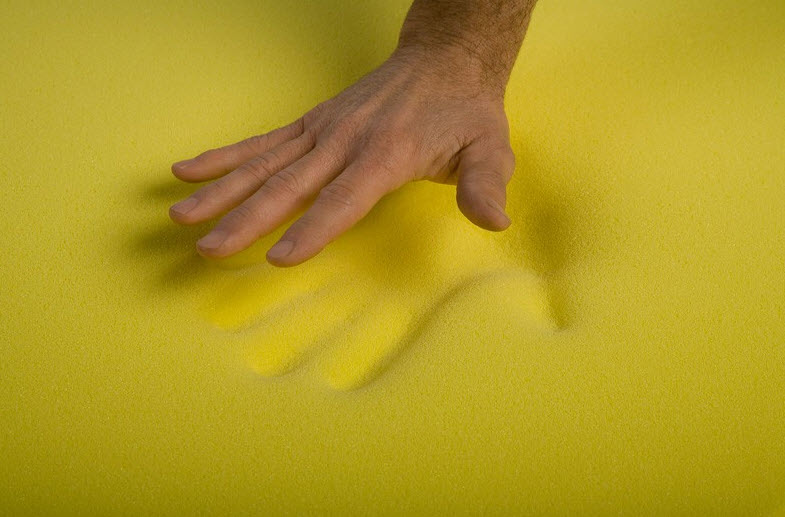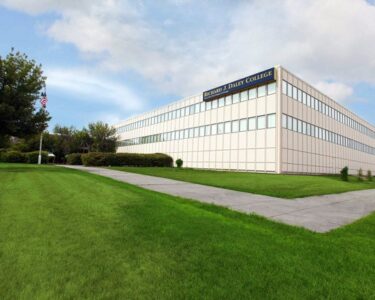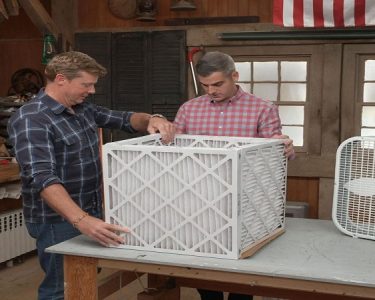Polyurethane is a chemical agent, widely used in various processes. It was in 1937 when the German chemist, Otto Bayer, achieved the first polyurethane, the moment in which all the Europe was stricken with World War II. As a result, the polyurethane manufacturing process was slow. Even so, its manufacture at the industrial level began in the beginning of 1940s.
Nowadays, polyurethane is used in the manufacturing of synthetic paints, emphasizing the one of the automobiles which achieves high adhesions to the metal and great resistance to inclement weather. Polyurethane is now also used in the manufacture of foams, and even in the manufacture of insulation panels for cold rooms, achieving a very good insulation from the cold. There is a process that requires injection of blowing agents in the polyurethane which causes the material to literally inflate. But the grace in its use as an insulation is that unlike normal sponges, which have open pores, the polyurethane achieves a finish without pores. Without that quality, its use in the field of industrial refrigeration would be useless.
Another point in favor of polyurethane is that it withstands very well the impact of chemical solvents. Thus, it can be used in a wide range of productive processes. In the same way, it contains a greater flexibility of other similar agents. With the feature, which when being bypassed, it resumes to its original form.
Characteristics
It is a rigid foam composed of hexagonal closed bristles inside which retain the 141-B gas as an organic substance, so it is an organic substance by chemical synthesis. The polyurethane is a result of the mixture of isocionate and polyol, the latter in charge of providing blowing agent. This composition provides high efficiency as a thermal, acoustic and impermeable insulation. It is a noble material that in many countries of the world, it is of traditional use such as in furniture polish.
Properties
- It has high thermal and insulation power.
- It is low coefficient of heat transfer.
- It is seamless insulation and eliminates thermal bridges.
- It has water impermeability.
- It is self-adhesive to any surface or material used in construction.
- It is lightweight and it does not overload structures.
- It is timeless as it has chemical and fire resistance.
- It is manufactured on base 141-B which does not affect the ozone layer, responding to what is stipulated in an ecological product.
All these characteristics clarify that polyurethane has significant advantages over other types of materials on the market.
- The use of polyurethane is exceptionally efficient since it is the product of greater insulating power that is known.
- It can be applied in both new and repair works.
- It prolongs the life of treated surfaces.
- It offers the added benefit of sealing cracks, ensuring a tight seal, since polyurethane foam does not absorb water.
- The rigid foam adheres to any clean, dry surface, regardless of shape.
- It acts as a vibration damper.
- It is resistant against aging, abrasion and action of roots, molds and other organic agents.
- It can be applied internally or externally.
- It has a high heat-insulating power.
- It is a continuous insulation without gasket.
- It decreases mortality in breeding grounds due to temperature changes and does not absorb environmental humidity.
- It eliminates thermal bridges.
- It is impermeable to water.
- It does not overload the structure because of its being lightweight.
- Its duration is indefinite.
- Polyurethane foam is ecological and does not damage the ozone layer.
- It confers structural rigidity. The increase in structural strength of the surfaces on which they are applied is so noticeable that the caliber of building materials can be reduced when they are insulated with polyurethane foam, as opposed to structures which are not isolated or isolated with other materials, which even weaken the structures by the multiple points of fixation that they require and the corresponding perforations.
- It is not edible and therefore not subject to the action of rodents and pests nor to the formation of bacteria.
- Once the foam is applied, the expansion and contraction phenomena of the surfaces are considerably reduced without peeling or cracking due to changes in the ambient temperature and humidity, reducing considerably the loads by these concepts and increasing the resistance of the building materials.
- The significant energy savings are achieved for heating or cooling. It should be taken into account in the analysis of costs, energy savings over time by the use of thermal insulation itself and the effectiveness of the particular system.
- It is anti-condensing and avoids the formation of condensation damp since a thermal barrier is established that will prevent the enclosure of internal partition to reach low temperature and condense the humidity of the interior. When forming a monolithic layer, without intermediate spaces, the problem of dripping by condensation is solved.
- Polyurethane is a product of advanced technology of easy application with roller or brush that does not require special equipment or highly qualified personnel for its application.





